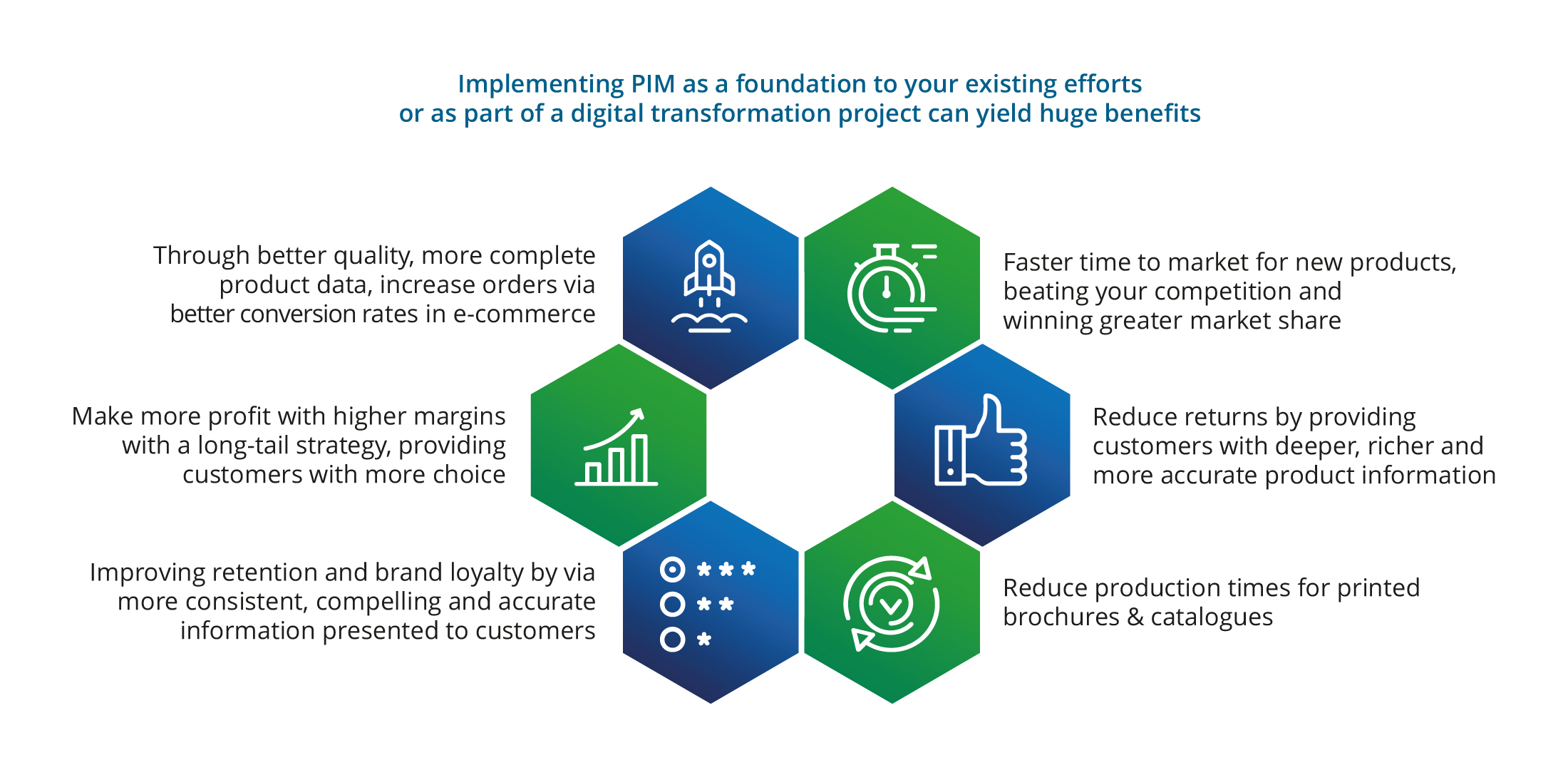insightsoftware
Last Updated:
Analyst Coverage: Andy Hayler
The company insightsoftware was formed in 2018 by a merger of Global Software Inc and Hubble. It has grown rapidly by both acquisition and organically, with revenues growing from $35 million in 2018 to nearly $600 million by the end of 2024. It has completed 29 acquisitions so far, including IDL, Cubeware and Magnitude Software. The company provides a portfolio of different software solutions aimed primarily at finance, operations and accounting. It is headquartered in Raleigh, North Carolina, and has 2,400 employees. Across its entire software suite it has 32,000 customers. This document features one particular offering, the Agility Product Information Management (PIM) product. This was brought into insightsoftware when it bought Magnitude in October 2021. Agility has just under a hundred customers and is a mid-market PIM solution, with customers including Europart and Trelleborg, a $3 billion revenue Swedish distributor. They focus on distributors and wholesalers in particular as their target markets.
Commentary
Coming soon.












